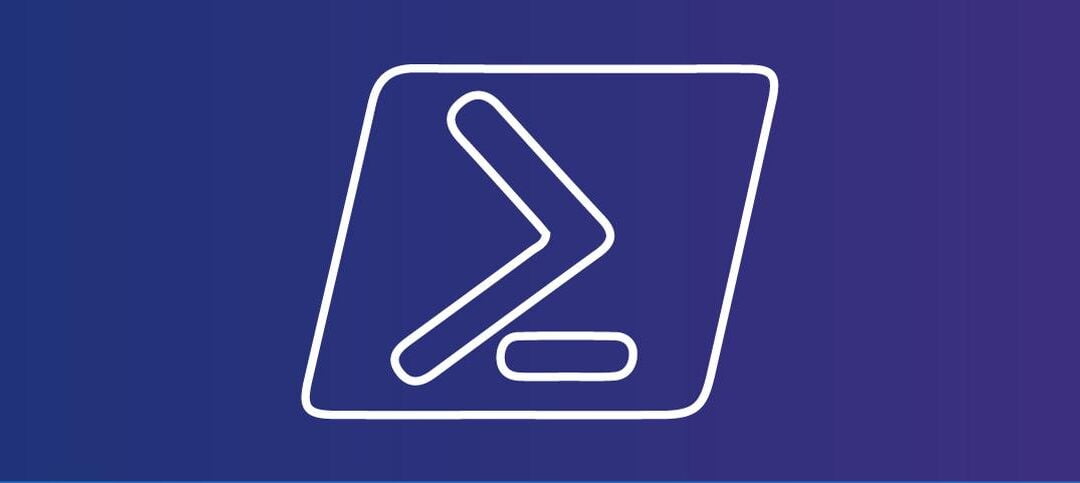The rise of cyber threats has made it crucial for organizations to have robust security measures in place to protect their systems and data. Malicious PowerShell scripts have become a popular tool for cybercriminals to gain unauthorized access and execute malicious activities on targeted systems. To combat this growing threat, organizations are turning to advanced Endpoint Detection and Response (EDR) solutions like Tethris EDR.
Understanding the Threat of Malicious PowerShell Scripts
PowerShell is a powerful scripting language developed by Microsoft that is widely used for system administration and automation. However, its versatility also makes it an attractive choice for cybercriminals to carry out malicious activities. Malicious PowerShell scripts can be used to download and execute malware, steal sensitive information, or gain unauthorized access to systems.
Traditional antivirus solutions often struggle to detect and prevent the execution of malicious PowerShell scripts due to their dynamic nature and the ability to obfuscate their code. This is where advanced EDR solutions like Tethris EDR come into play.
The Role of Tethris EDR in Stopping Malicious PowerShell Scripts
Tethris EDR is designed to provide real-time visibility into endpoint activities and quickly identify and respond to potential threats. Here’s how Tethris EDR can help prevent the execution of malicious PowerShell scripts:
1. Behavioral Analysis
Tethris EDR leverages behavioral analysis to detect suspicious activities associated with PowerShell script execution. By monitoring the behavior of PowerShell processes, Tethris EDR can identify malicious scripts based on their patterns and actions. This proactive approach allows Tethris EDR to block the execution of potentially harmful PowerShell scripts before they can cause any damage.
2. Code Analysis and Reputation Scoring
Tethris EDR employs code analysis and reputation scoring techniques to assess the trustworthiness of PowerShell scripts. It analyzes the code structure and compares it against known malicious patterns and signatures. Additionally, Tethris EDR maintains a reputation database that assigns scores to PowerShell scripts based on their historical behavior and prevalence in the threat landscape. This helps in identifying and blocking scripts with a high probability of being malicious.
3. Threat Intelligence Integration
Tethris EDR integrates with threat intelligence feeds to stay updated on the latest known malicious PowerShell scripts. By leveraging threat intelligence, Tethris EDR can proactively block the execution of scripts that are known to be associated with cyber attacks. This integration ensures that organizations are protected against emerging threats and can stay one step ahead of cybercriminals.
4. User Behavior Analytics
Tethris EDR monitors user behavior and establishes baselines for normal PowerShell script usage. Any deviations from these baselines, such as unusual script execution patterns or scripts attempting to access sensitive files, trigger alerts and can be automatically blocked by Tethris EDR. This approach helps in identifying and stopping malicious PowerShell scripts that may have bypassed other security measures.
The Benefits of Using Tethris EDR
By leveraging the capabilities of Tethris EDR to prevent the execution of malicious PowerShell scripts, organizations can enjoy several benefits:
1. Enhanced Security
Tethris EDR provides an additional layer of security by detecting and blocking malicious PowerShell scripts. This helps in preventing unauthorized access, data breaches, and other cyber threats that exploit PowerShell’s capabilities.
2. Real-Time Threat Detection
Tethris EDR’s real-time monitoring and analysis capabilities ensure that potential threats are detected and responded to promptly. This minimizes the risk of successful attacks and reduces the impact on the organization’s systems and data.
3. Improved Incident Response
In the event of a security incident, Tethris EDR provides detailed visibility into the activities leading up to the incident. This helps security teams understand the attack vectors and take appropriate actions to mitigate the impact and prevent future incidents.
4. Compliance and Regulatory Requirements
Organizations operating in regulated industries often have specific requirements for protecting sensitive data. By implementing Tethris EDR and preventing the execution of malicious PowerShell scripts, organizations can meet these compliance requirements and ensure the security of their systems and data.
Conclusion
Malicious PowerShell scripts pose a significant threat to organizations, but with advanced EDR solutions like Tethris EDR, organizations can effectively prevent their execution and protect their systems and data. By leveraging behavioral analysis, code analysis, threat intelligence integration, and user behavior analytics, Tethris EDR provides a comprehensive defense against malicious PowerShell scripts. Implementing Tethris EDR not only enhances security but also improves incident response capabilities and ensures compliance with regulatory requirements.
